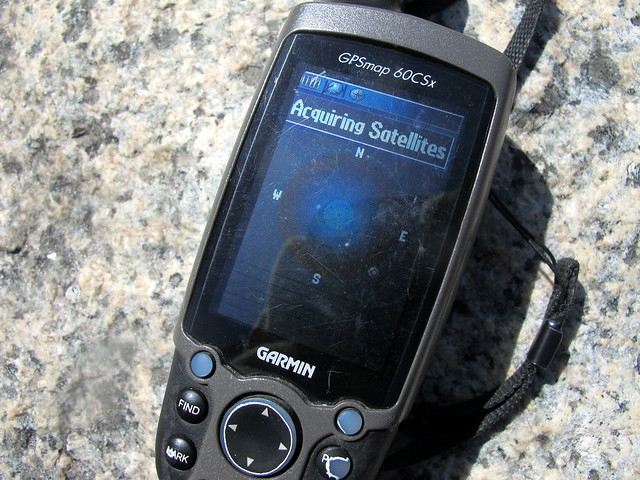DougPaul
Well-known member
The GPS has to determine the pseudo-range (time_of_flight * speed_of_light) and doppler shifts to 4 or more satellites before it can solve the equations for PVT (position (3D), velocity (3D), time (1D)). (The fourth satellite is required to determine the time offset between the GPS internal clock and the GPS satellite atomic clocks.) Most descriptions of the solution describe an iterative method so I presume that iterative methods are used more often than the closed form solutions.This is quite interesting! When I read Wikipedia article on GPS and more specifically the section on navigation equations I thought that each gps would have some kind of non-linear least square solver such as Gauss-Newton or Levenberg-Marquardt and it would be enough to solve for time-delay, but it didn't occur to me that the chips would be performing the search for time-delay in parallel (I don't remember anything like this mentioned in the Wikipedia article.) Can you recommend any place on the Web where I could read more about this? I think I know enough basic math that I'm not scared of reading somewhat technical Web pages or papers. Tks!
The Wikipedia article (http://en.wikipedia.org/wiki/Global_Positioning_System) is reasonable, but it misses many details. However, it looks like many of the details are contained in the linked articles.
There is a nice overview at http://www.colorado.edu/geography/gcraft/notes/gps/gps.html, a highly technical set of course notes on the principles at http://www-gpsg.mit.edu/~tah/12.540/, and a set of course notes on modern navigation at http://www-gpsg.mit.edu/~tah/12.215/ . There is also some nice info at http://www.edu-observatory.org/gps/gps.html.
Parallel vs serial search for acquisition of the satellites is "just" an implementation detail... However, its effects are visible to non-technical users. The older GPSes with a small number of correlators depend on the almanac and knowledge of the approximate location and time to reduce the acquisition time while the newer ones with large numbers of correlators can search so many time-doppler bins simultaneously that they do not need to use the almanac for a fast start.
FWIW, I learned the details of how GPSes work from a variety of sources over an extended period so I cannot give you a short list of comprehensive references. All of the details would fill a large book... (I think I qualitatively understand pretty much (or at least most...) of everything going on in a typical consumer GPS, but I certainly do not understand all of them well enough to build one from scratch. I'm also an electrical engineer so I had a head start on a number of aspects, eg direct-sequence spread spectrum signals and circular polarized radio signals.)
There is lots of info out on the web--once you learn some of the technical terms, you can search on them to learn more.
Doug
Last edited:

